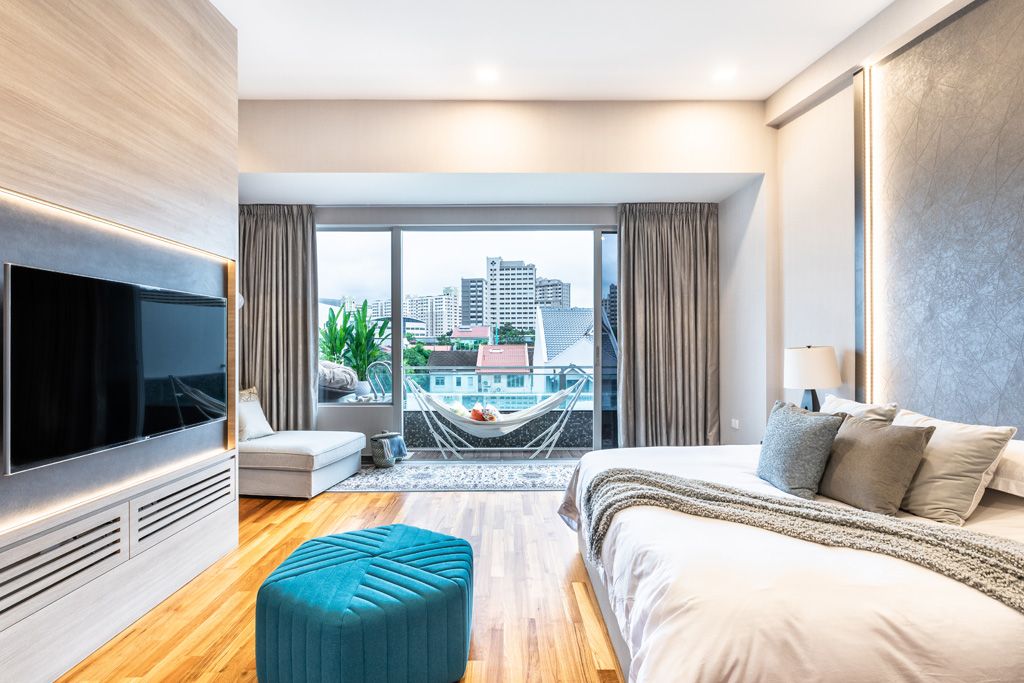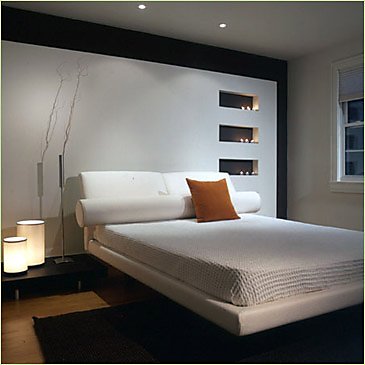One of the most commonly underrated aspects of home renovation is the lighting. For starters, homeowners see lights to be nothing more than a necessity. After all, who doesn’t need a lit-up home after dark?
However, lighting offers more than just brightening up the home during the night. A strategic lighting design brings warmth, comfort, and security to a home’s inhabitants. It also sets an ambiance that homeowners look for, but is not often addressed during a home renovation project.
Indeed, lights and their purpose have become omnipresent, but how do you maximise the functions of your lighting design? It boils down to knowing the different types of lighting designs present in your home.
- Ambient lighting.
Also known as general lighting, ambient light is used basically to brighten up a room’s overall space. It is considered by photographers to be the closest to natural light, as it provides a soft glow that allows you to move across the room without experiencing glare.
Ambient light can be found in different fixtures, such as ceiling lights, chandeliers, wall lights, or track lights that hang from the ceiling. If you may notice, these fixtures are bright but comfortable on the eyes, and you can do your usual activities safely across the room.
- Task lighting.
Task lighting is a more concentrated type of lighting design that directs to a specific area in the room. Some designers refer to this as “office lighting,” as it leads creates an atmosphere wherein you become most driven to do a particular task or activity.
The primary function of this type of lighting is to help you see when you are working on activities that require a more defined light. These include reading, writing, sewing, and other tasks. Unlike ambient lighting, task lighting only works best when used as contrasting light, such as when you turn on a desk lamp, it fills the table with light in a low lit room. Meanwhile, you won’t feel its effects when the lamp is turned on in a room with brighter ambient light.
Aside from desk or study lamps, other examples of task lighting are bedside lamps, swing arm lamps, vanity lights in bathrooms and dressing rooms, and under cabinet lights in kitchens.
- Accent lighting.
Similar to task lighting, accent lighting is also a concentrated type of lighting design, and it intends to draw the eye to a specific focal point. As the name suggests, this kind of lighting adds style and supplements the atmosphere set by the ambient light.
People use accent lighting to illuminate certain pieces in your home, such as a painting on the wall, furniture pieces, or architectural designs that you want to showcase especially at night. They are also highly popular during special occasions such as Christmas and are lit up whenever events like parties and celebrations take place in your home.
Wall lights are good examples of accent lighting. Recessed lighting is also used as an accent for floors, while landscape lights are intended to illuminate pathways and garden fixtures.
What makes an ideal lighting design?
Interior designers recommend layering of different lighting types in your home. Doing this depends on both your need and style preferences. There are instances when you have to use more task lighting in individual rooms, like the study or the bedroom. Accent lights may be used to support the effects of ambient lighting, as you have better control of the warmth or coolness of accent lights compared to general illumination.
In a nutshell, it is crucial that you know your home’s lighting needs and how you want to brighten up your space. Using this knowledge as a starting point, you have a better picture of how you can make the most of your lighting design.












